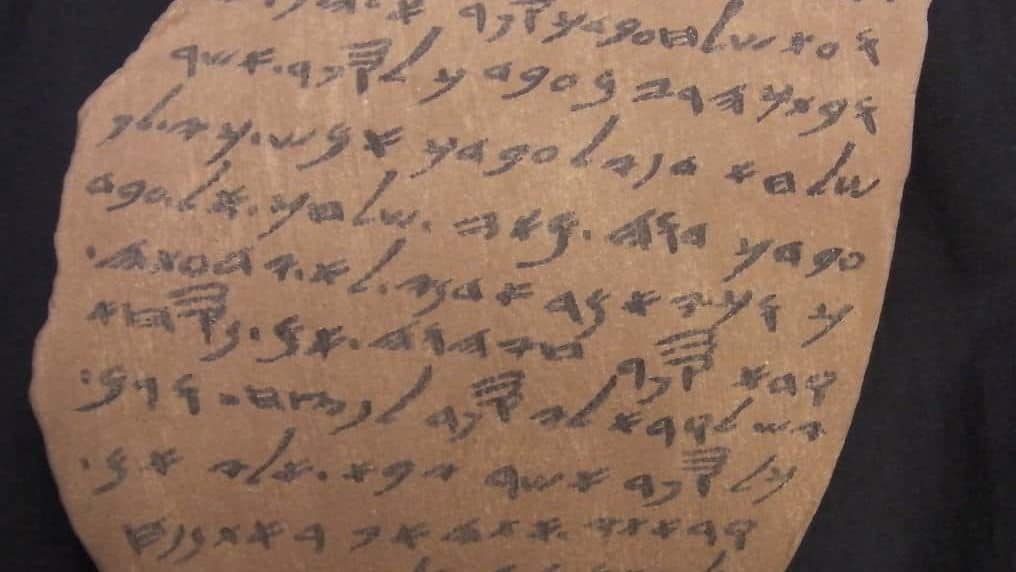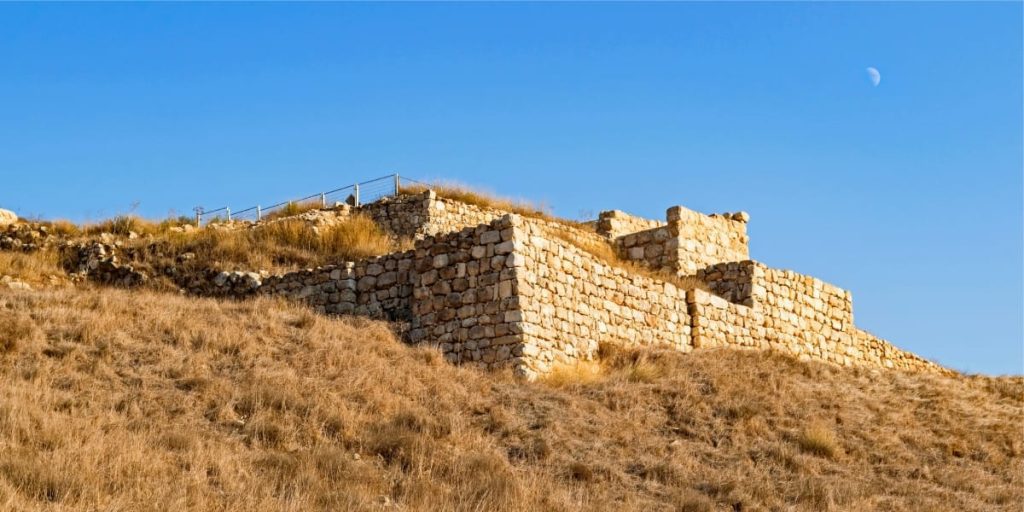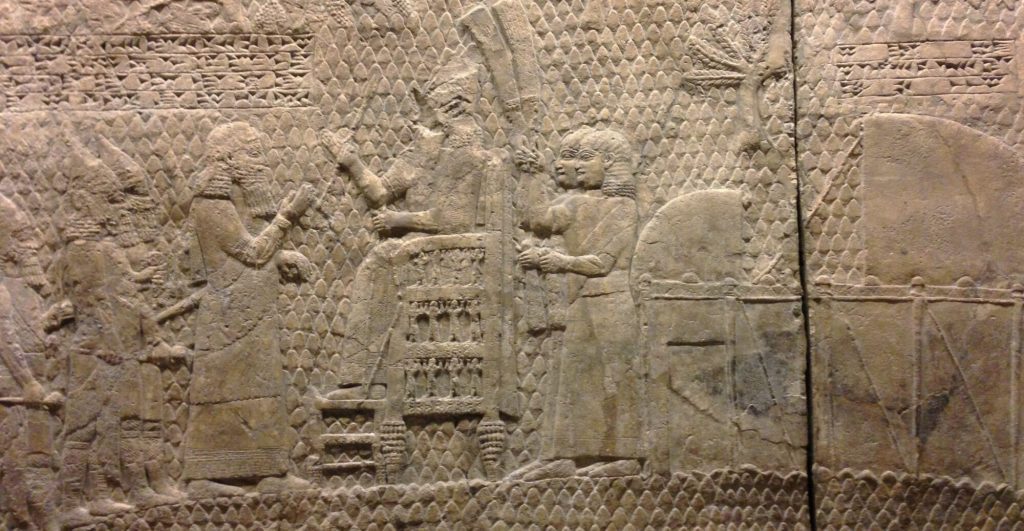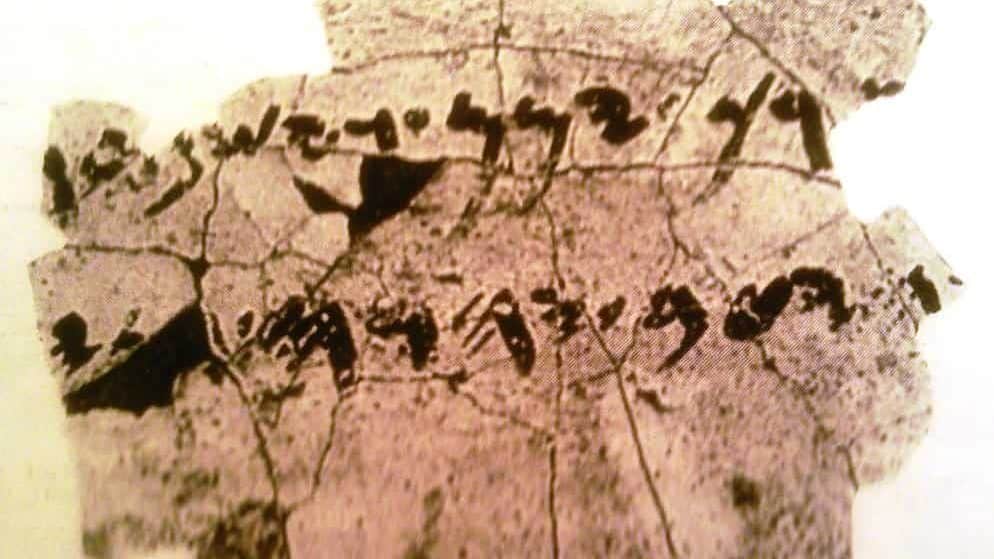The Lachish Letters were uncovered during excavations in the 1930s at the ancient city of Lachish, located southwest of Jerusalem. These letters provide a snapshot of a critical time when the Kingdom of Judah was under Assyrian rule, specifically during the reign of King Hezekiah. This period is also referenced in the Hebrew Bible.

Clay Tablets
The Lachish Letters are inscribed on small clay tablets and written in ancient Hebrew. These tablets were likely used for administrative and military correspondence within Lachish. They are considered some of the earliest examples of written Hebrew language.
Lachish National Park

Varied Content
The contents of the Lachish Letters vary, shedding light on a range of topics. Some discuss the movement of troops, while others address issues related to the supply of goods and provisions. These letters provide valuable historical and contextual information about the challenges and concerns of the time.
Siege of Lachish
One of the most significant aspects of the Lachish Letters is their connection to the Assyrian siege of Lachish. Several of the letters describe the dire circumstances faced by the city’s inhabitants as they came under siege. These firsthand accounts provide a unique perspective on the events leading to the city’s capture.
Lachish Reliefs

Historical Corroboration
The Lachish Letters have been instrumental in corroborating certain events mentioned in the Hebrew Bible, particularly those concerning the Assyrian conquest of the region. They provide tangible evidence of the historical accuracy of these biblical accounts.
Archaeological Treasure
Furthermore, the discovery of the Lachish Letters is considered a major archaeological find. These inscriptions offer a glimpse into the lives, concerns, and language of the people of Lachish during a crucial period of regional history. The letters were found by the archaeologist James Leslie Starkey.
Kuntillet Ajrud Inscriptions

Legacy and Significance
Lastly, the Lachish Letters continue to be a subject of scholarly study and fascination. They are historical artifacts and a testament to the enduring importance of written communication and record-keeping in ancient civilizations.
In conclusion, the Lachish Letters are a priceless window into the past, offering insights into the lives and concerns of the people of ancient Lachish during a pivotal era. Furthermore, their discovery enriches our understanding of the historical, linguistic, and cultural aspects of the Land of Israel. It underscores the enduring value of preserving the written record of human history. More about the subject on Wikipedia!







